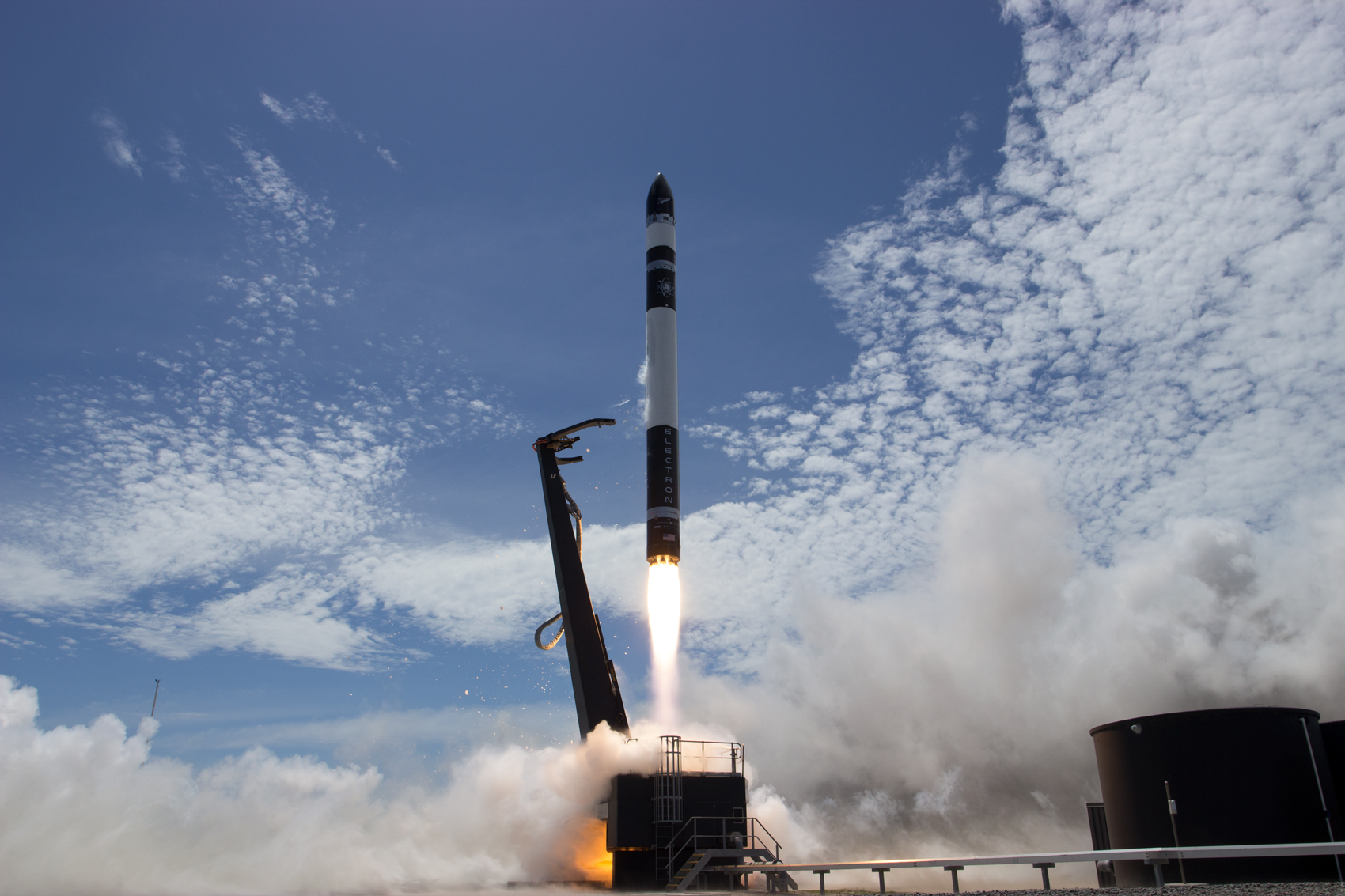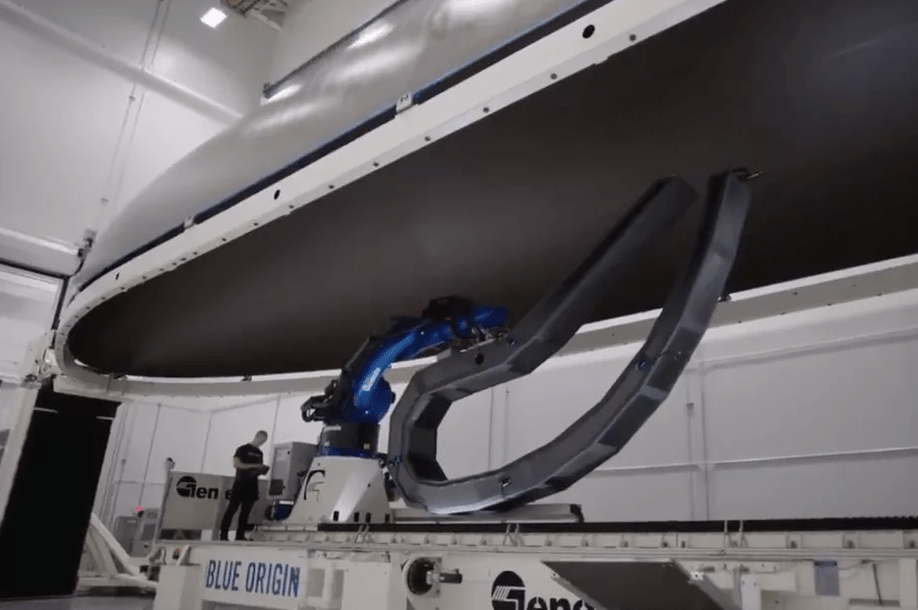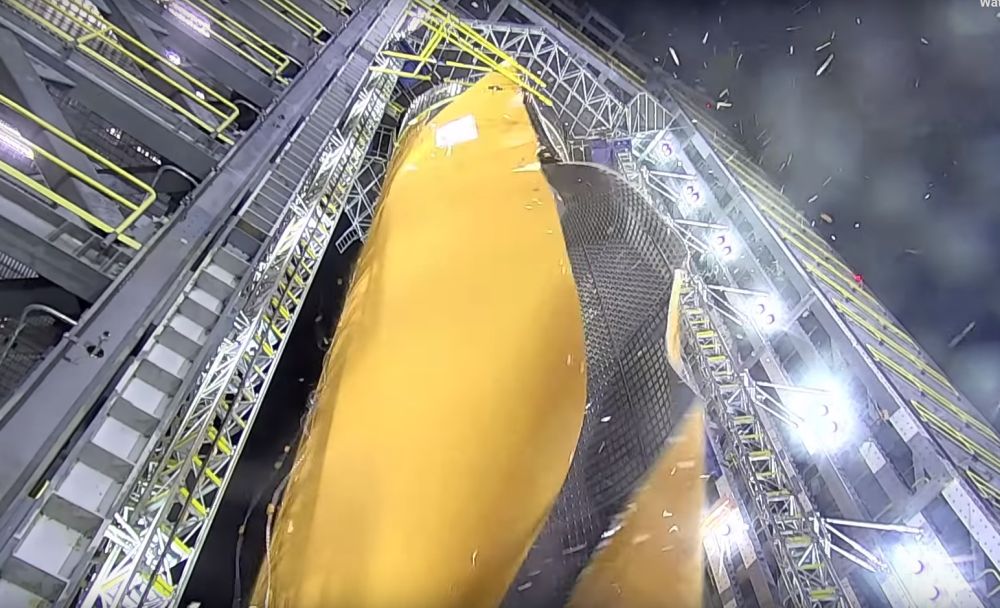The reason people use the aphorism “it isn’t rocket science” is because rocket science is hard. Virgin Orbit, a spin-off of Virgin Galactic that focuses on small satellite launches, proved that with a recent test of its LauncherOne rocket.
Continue reading “Virgin Orbit’s first air-launched rocket launch fails”This Rocket Engine’s Thrust Chamber was 3D-printed and Only has Three Parts
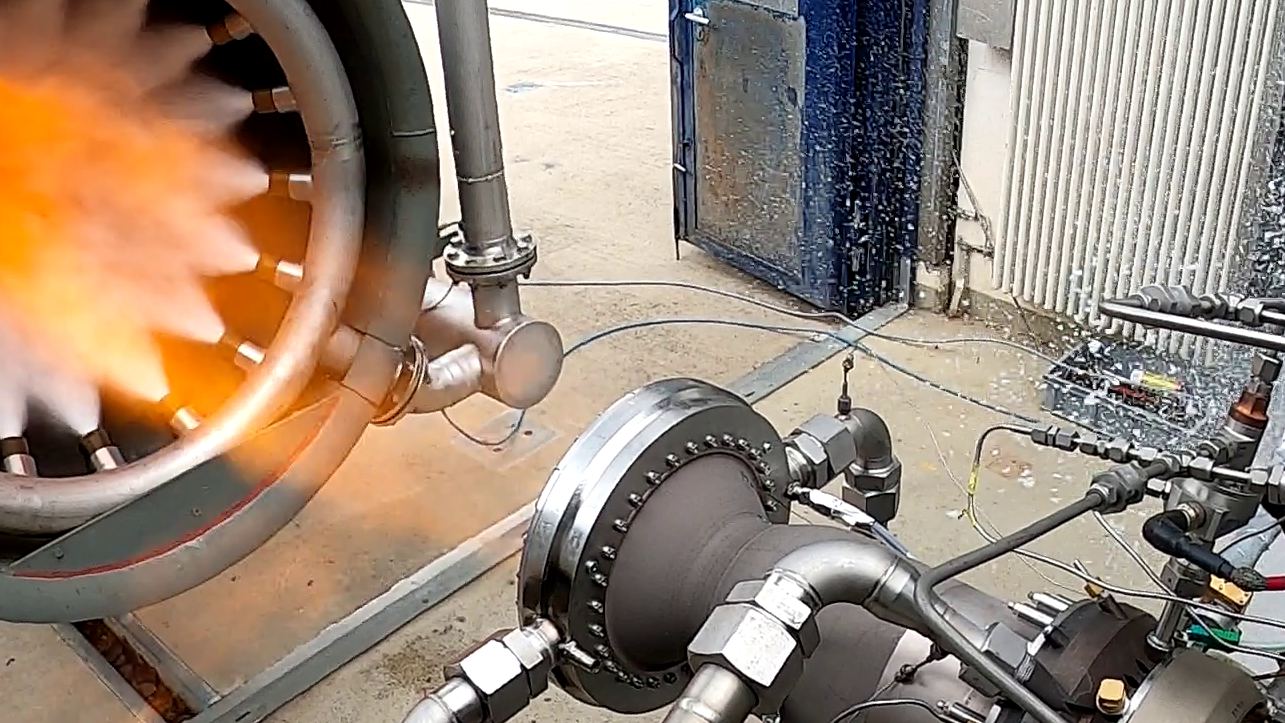
This week, European engineers hot-fire tested a fully 3D-printed thrust chamber that could one day power the upper stages for rockets. The chamber has just three parts, and was constructed using additive layer manufacturing, another name for 3D printing.
This hot-fire test lasted 30 seconds and was carried out on May 26, 2020 at the DLR German Aerospace Center’s Lampoldshausen testing facility. The European Space Agency said that additional tests are planned for next week.
Continue reading “This Rocket Engine’s Thrust Chamber was 3D-printed and Only has Three Parts”If Rockets were Transparent: Video Shows You How Rockets Use up Their Propellant
I always remember hearing the comparison of how the Space Shuttle’s main engines would drain an average family swimming pool in under 25 seconds. Or that the Saturn V used the equivalent of 763 elephants of fuel. But just how much fuel does a rocket burn during its ascent to orbit? As you might expect, the amount varies with different rockets.
A great new video provides an incredible visual of how much fuel is burned by four different rockets, from launch to the various stage separations by showing what rocket launches would look like if the rockets were completely transparent.
Continue reading “If Rockets were Transparent: Video Shows You How Rockets Use up Their Propellant”China’s New Crew Capsule Just Landed, and so Did Parts of their New Rocket!
China’s next-generation crewed spacecraft, which will replace the venerable Shenzou spacecraft in the coming years, recently returned to Earth after spending almost three days in space. The purpose of this mission was to test the deep space capabilities of the spacecraft that will be sending Chinese astronauts (taikonauts) to orbit, to the Moon, and beyond in the coming years.
In addition, this mission also saw China’s new Long March 5B (CZ-5B) heavy-lift rocket launch a payload to space for the first time. This rocket is the latest installment in the Long March family and will be vital to the creation of the third and largest Chinese space station. These two milestones have brought China a step closer to becoming a full-fledged superpower in space.
Continue reading “China’s New Crew Capsule Just Landed, and so Did Parts of their New Rocket!”Rocket Lab was Able to Catch Falling Inert Rocket Stage With a Helicopter, Continuing Their Path to Reusability
In the summer of 2017, the company Rocket Lab officially tossed its hat into the commercial aerospace (aka. NewSpace) ring with the first test flights of their two-stage Electron Rocket. Dedicated to providing cost-effective launch services for the small satellite market, the company began conducting commercial launches from their complexes in New Zealand and California using the lightweight Electron.
Looking to cut the costs associated with individual launches further, Rocket Lab has decided to pursue reusability as well. In early March, before the isolation orders were issued, the company achieved a major milestone when it conducted a successful mid-air recovery of the test stage of an Electron Rocket – which involved a helicopter catching the test stage after its parachute deployed.
Continue reading “Rocket Lab was Able to Catch Falling Inert Rocket Stage With a Helicopter, Continuing Their Path to Reusability”Every Part of Blue Origin’s New Glenn Rocket is Gigantic, Including its Nose Cone
Massive. Enormous. Huge. Gigantic. And whatever other words you find in the thesaurus all do the job when it comes to describing Blue Origin’s New Glenn Rocket. Especially its nosecone.
Continue reading “Every Part of Blue Origin’s New Glenn Rocket is Gigantic, Including its Nose Cone”A New Kind of Rocket that’s Lightweight and Easier to Construct: a Rotating Detonating Engine. Unfortunately, it’s Also Completely Unpredictable
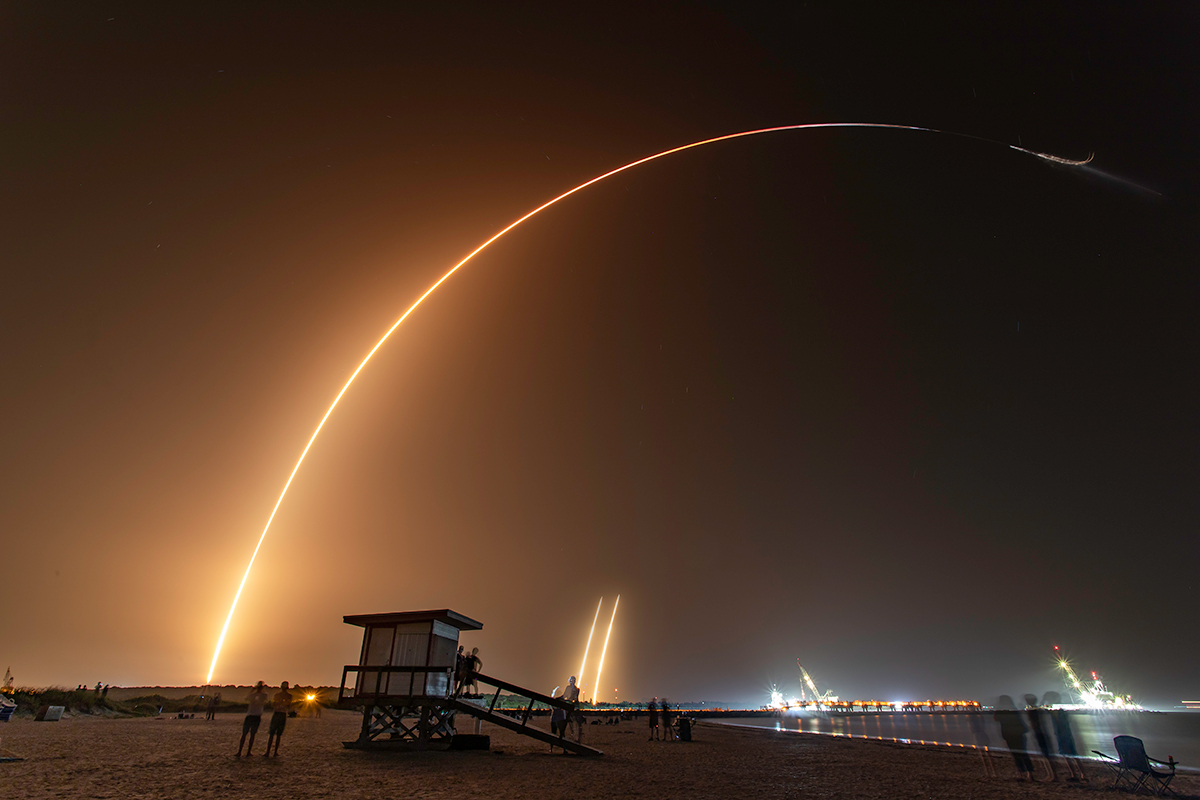
In the current era of space exploration, the name of the game is “cost-effective.” By reducing the costs associated with individual launches, space agencies and private aerospace companies (aka. NewSpace) are ensuring that access to space is greater. And when it comes to the cost of launches, the single-greatest expense is that of propellant. To put it simply, breaking free to Earth’s gravity takes a lot of rocket fuel!
To address this, researchers at the University of Washington recently developed a mathematical model that describes the workings of a new launch mechanism: the rotating detonation engine (RDE). This lightweight design offers greater fuel-efficiency and is less complicated to construct. However, it comes with the rather large trade-off of being too unpredictable to be put into service right now.
Continue reading “A New Kind of Rocket that’s Lightweight and Easier to Construct: a Rotating Detonating Engine. Unfortunately, it’s Also Completely Unpredictable”The Spaceport America Cup Joins Crowdsourcing Platform HeroX to Propel Student Innovation!
Beginning in 2017, the Experimental Sounding Rocket Association (ESRA) and Spaceport America came together to launch a competition known as the Spaceport America Cup. This annual event sees academics and industry experts from around the world gather at the world’s first purpose-built spaceport to collaborate, compete, and inspire young people to become the next generation of aerospace engineers.
At the heart of the competition is the Intercollegiate Rocket Engineering Competition (IREC), where commercial and student teams build and launch-test rockets of their own design. This year’s competition is expected to be very exciting and will see 1,500 international students from over 70 institutions converge on Southern New Mexico this summer to ply their talents and compete for the prestigious Spaceport America Cup!
Continue reading “The Spaceport America Cup Joins Crowdsourcing Platform HeroX to Propel Student Innovation!”Watch NASA Test an SLS Tank to Destruction
By the time a rocket actually launches, it’s components have been through a ton of rigorous testing. That’s certainly true of NASA’s SLS (Space Launch System) which is the most powerful rocket ever built. That’s right, something is finally going to surpass the Saturn V, the rocket that took Apollo astronauts to the Moon.
Continue reading “Watch NASA Test an SLS Tank to Destruction”



